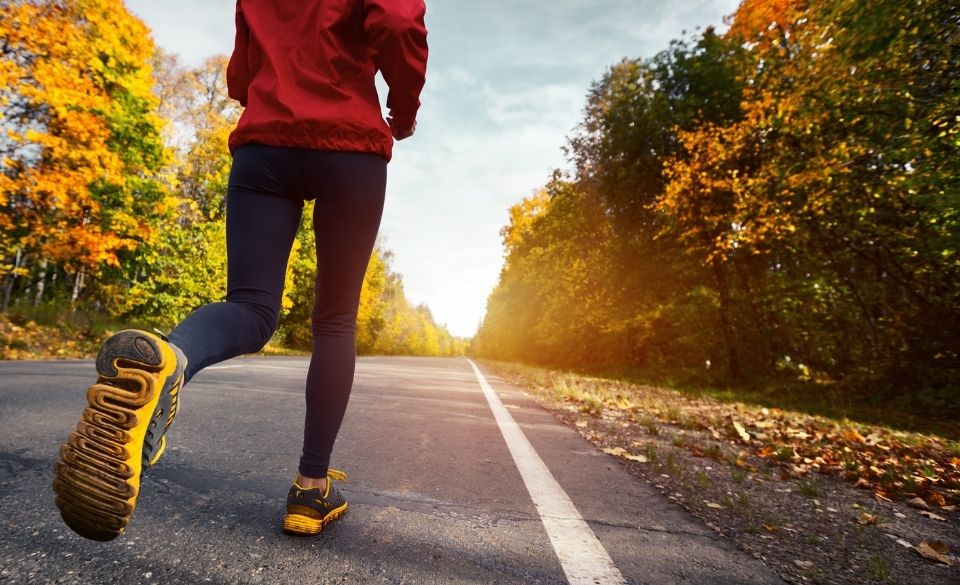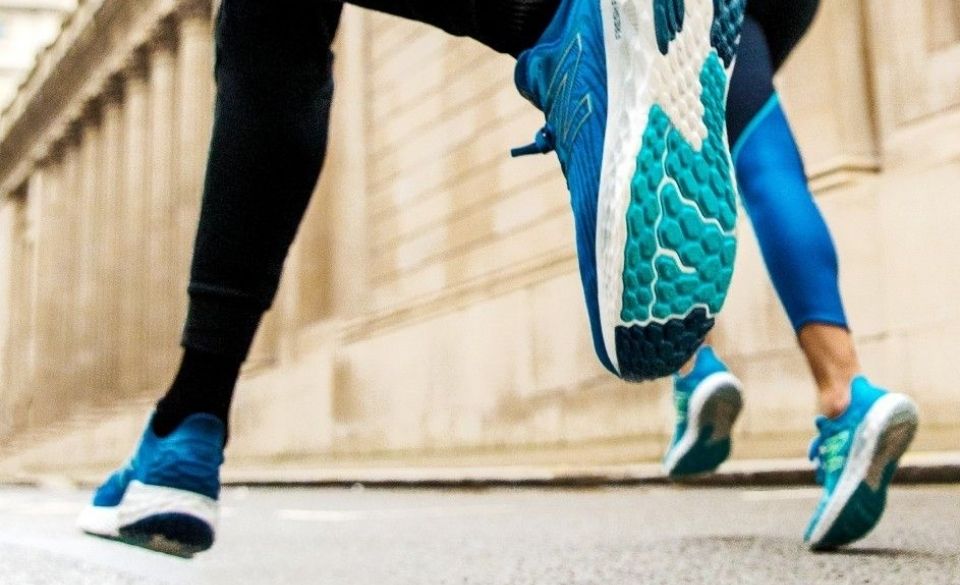
Underpronation – What is it & What it Means For Runners
Page Contents
Most runners have a good understanding of overpronation. However, when it comes to underpronation, most runners have little knowledge. This is partly due to underpronation being far less common in runners than overpronation.
Even though underpronation is far less common, it still can cause problems for many runners.
This article explores underpronation in runners and how it can affect you.
We also discuss:
– The definition of underpronation
– Who is at risk for underpronation
– Symptoms of underpronation
– Which injuries underpronation might cause
– Best shoes for underpronation

What Is Underpronation?
Each time your foot lands on the ground when running, your foot rolls inward (pronation), which helps absorb impact and propel yourself forward.
In a healthy gait, this inward movement of the foot (pronation) is small. However, excessive pronation of your feet can cause pain in your knees, hips, back, and lower legs. It can also make runners more prone to overuse injuries.
Underpronation (commonly referred to as supination) is when the foot (ankle) rolls inward less than 15% during landing and/or push off. This can cause the foot to roll outward which can place more pressure on the ankle and toes when running.
If underpronation is left unmanaged, it can lead to pain, injury, and damage to the tissues in the feet. It can also cause issues with your gait, which may cause injuries in other parts of the body.
How Does Underpronation Affect The Runner?
Underpronation (supination) can affect a runner in many ways. The most common effect it can have on the runner is the greater risk of injuries.
Some of the most common injuries caused by underpronating include:
Plantar Fasciitis
Because the plantar fascia ligament (bottom of the foot and attaches to the heel bone) helps distribute impact and force when you run, excessive underpronation can place excess strain on this ligament. This can cause the fibrous band of tissue to become overstretched, worn, torn, and even flattened.
Heel Spurs
Heel spurs are another injury that is common with underpronating. Excessive undepronation can cause the plantar fascia to pull away from the heel bone. If this happens, tiny calcium deposits may begin to form, which can cause pain and tenderness in the heel of the foot when walking and running.
Sprains or Rolled Ankles
Because underpronation (Supination) promotes a less stable gait, it can make people more susceptible to falls and rolled ankles. This is because the foot rolls too far outwards and can cause less stability in the foot and body during running.
Hammertoes and Bunions
When you land or push off when underpronating, it can place excess pressure on the outer toes. This can cause depend on bunions and hammertoes. Hammertoes are where the pressure to the outside of the foot causes the toes to curl.
Underpronation Running Shoes
There are many underpronation running shoes on the market. These shoe models have been designed to allow inward movement (pronation) to a small degree. They are also much more cushioned than your typical stability shoe.
Most shoes designed to help ease the underpronating have a large amount of soft EVA to absorb as much impact as possible.
Most brands of shoes (Nike, Asics, Reebok, Underarmour, Puma, New Balance) have numerous models available for the underpronator. These shoes are called Neutral shoes.
When purchasing shoes to help prevent supination it is important to look out for a few things. These include:
– Make sure they are a comfortable fit.
– Find the right length and width of the shoe.
– Make sure the shoes provide extra cushioning.
– Choose a shoe with a wider toe box.
– Make sure they are neutral shoes.
– Provide enough ankle support and stability.
– Broad base under the foot.
Treating & Preventing Underpronation
In addition to purchasing and wearing the correct shoes, you can take other steps to prevent and treat supination, which can help reduce the chances of injuries.
Some of the best ways to prevent injuries caused by underpronation include warming up and down properly. Even though many athletes forget or can’t be bothered, warming up should be essential in your training. It can help reduce wear and tear, micro-injuries, and gait problems.
Stretching regularly can help keep the tissues in the plantar fascia, calves, and feet strong and supple enough to help reduce symptoms of supination forming during and after running. It can also help the muscles and ligaments in your feet and legs work together in harmony.
An orthotic device such as a heel seat or innersole can be a valuable tool to help prevent and reduce the chances of injury caused by underpronation. Heel seats and innersoles designed for your feet can help provide structural support that may not be provided by the arch. They can also remove some of the pressure from heel spurs that may have formed.
Who Is at Risk for Underpronation?
Even though supination/underpronation is relatively rare, some people have a higher risk of underpronating when they run than others.
Runners who are at risk of supinating typically have the following characteristics:
– High arches
– Tight Achilles tendons
– Individuals that have a foot or leg injury that changes their gate
– People who wear unsupportive shoes
– People that suffer from knee injuries when running
– Poor running form
Final Words
If you leave supination unmanaged you may find it leads to pain, injury, and loss of time training. So, it is important to stretch regularly, purchase the correct shoes, and warm up and down correctly. These will help reduce the chances of injuries caused by supination.
If you are unsure whether you supinate/underpronate visit a running store or coach that can analyze your running gait. This will tell you how you run and what foot strike you have. Alternatively, get someone to video you from behind when you are running on a treadmill.



